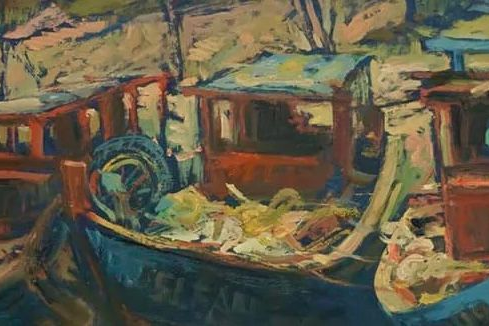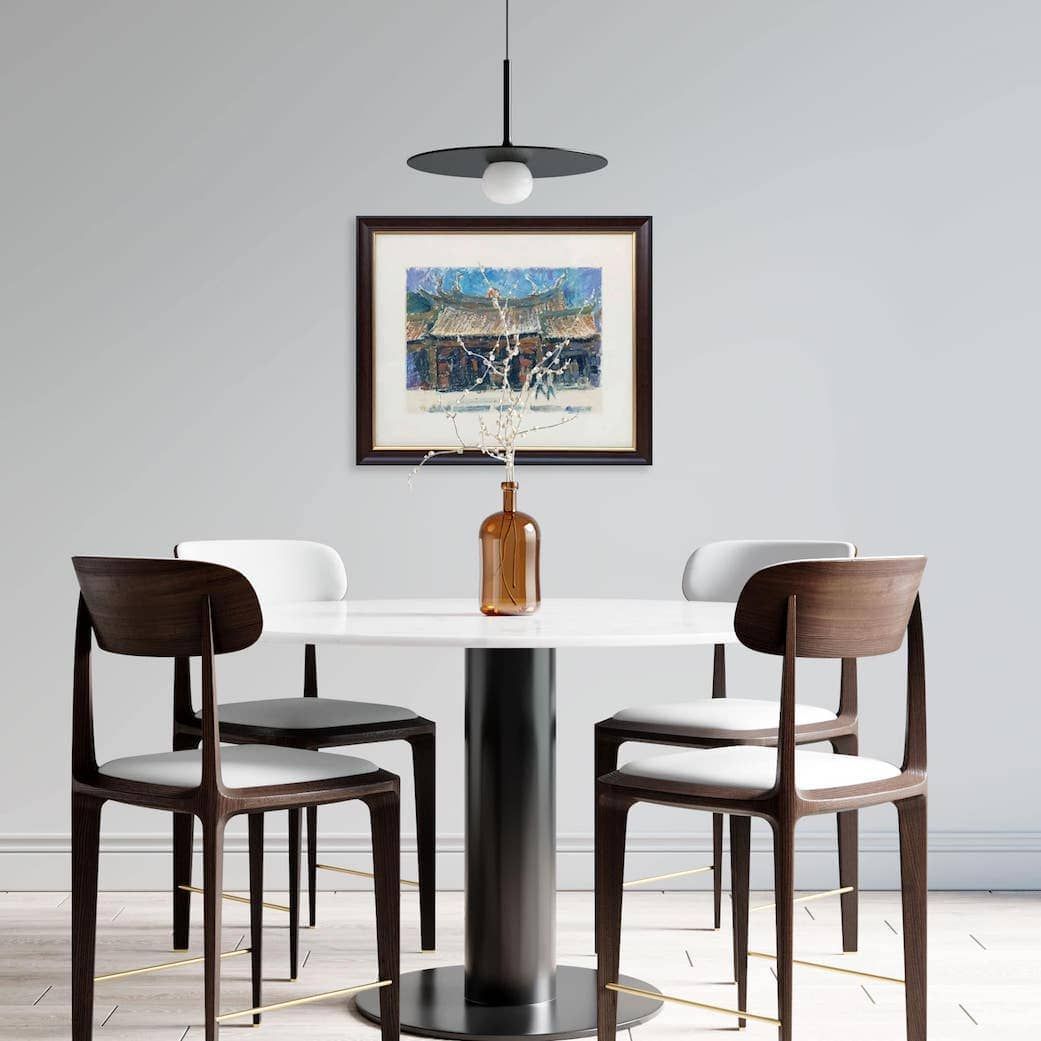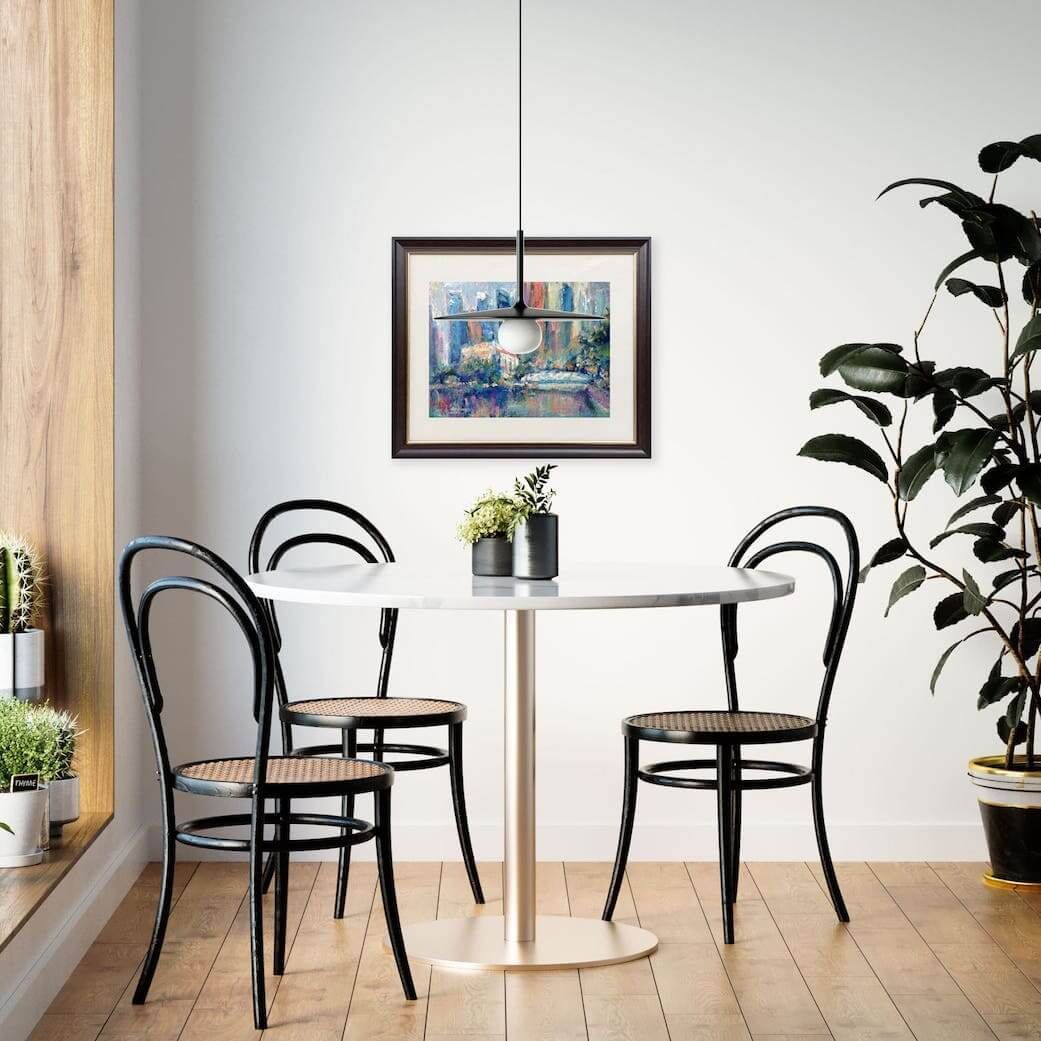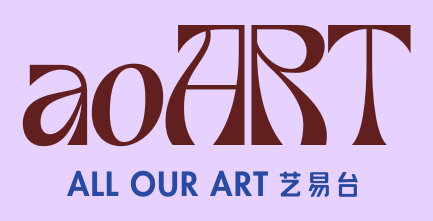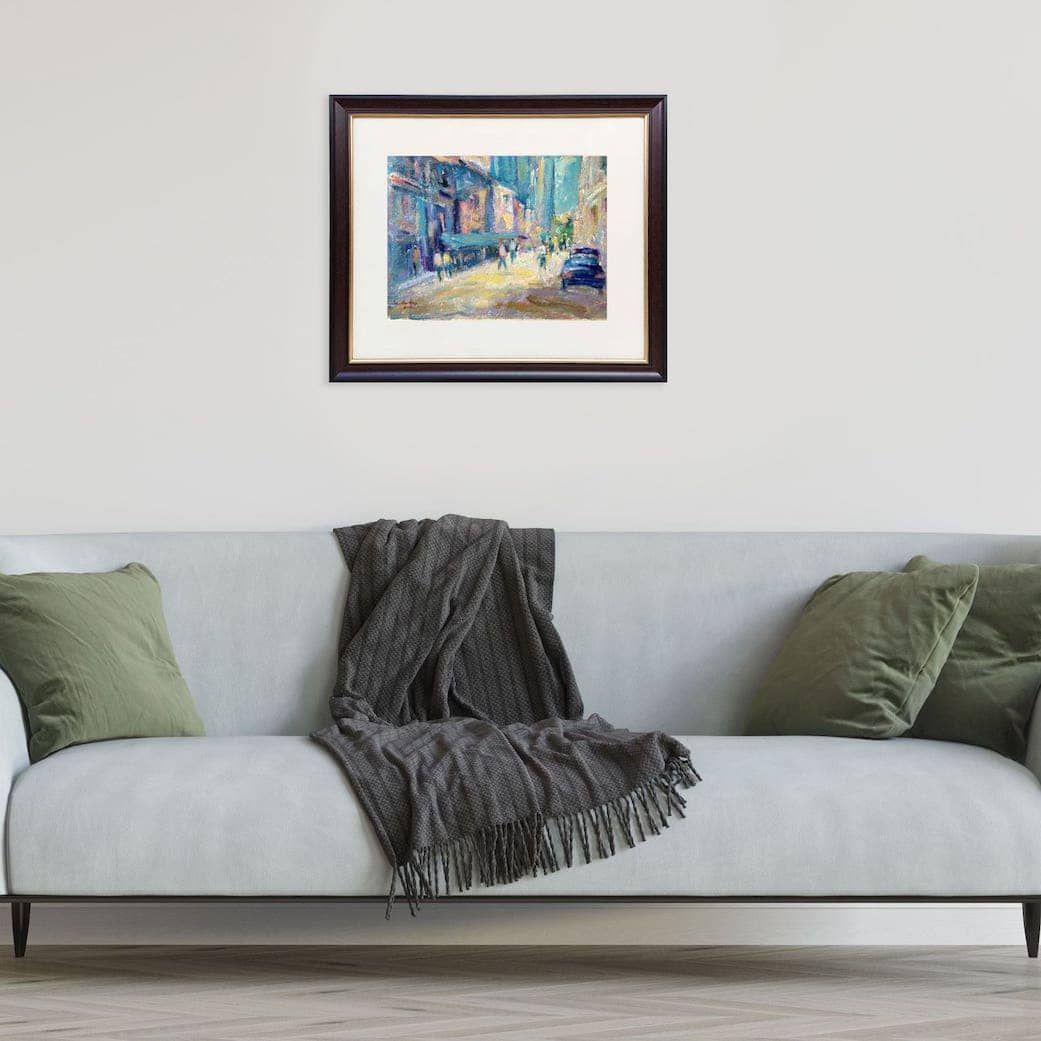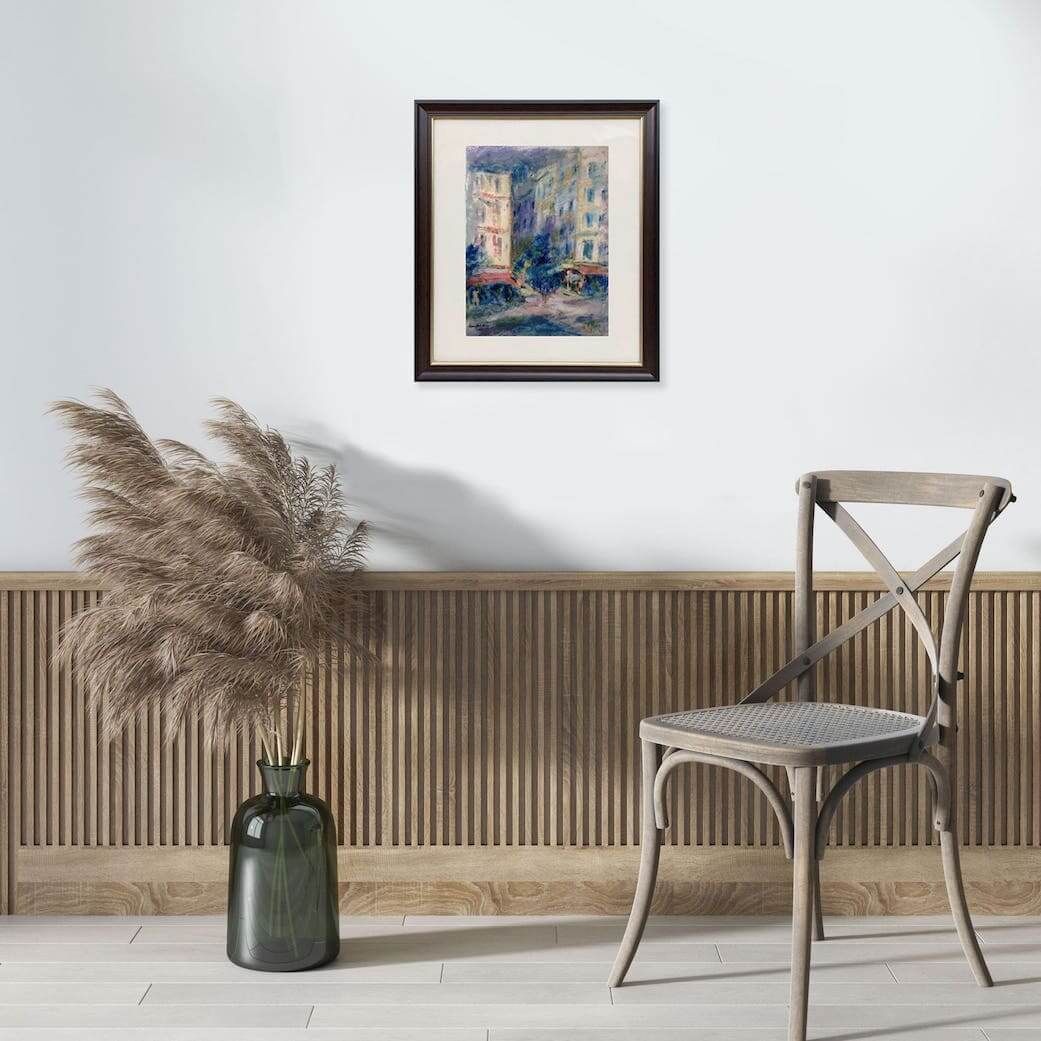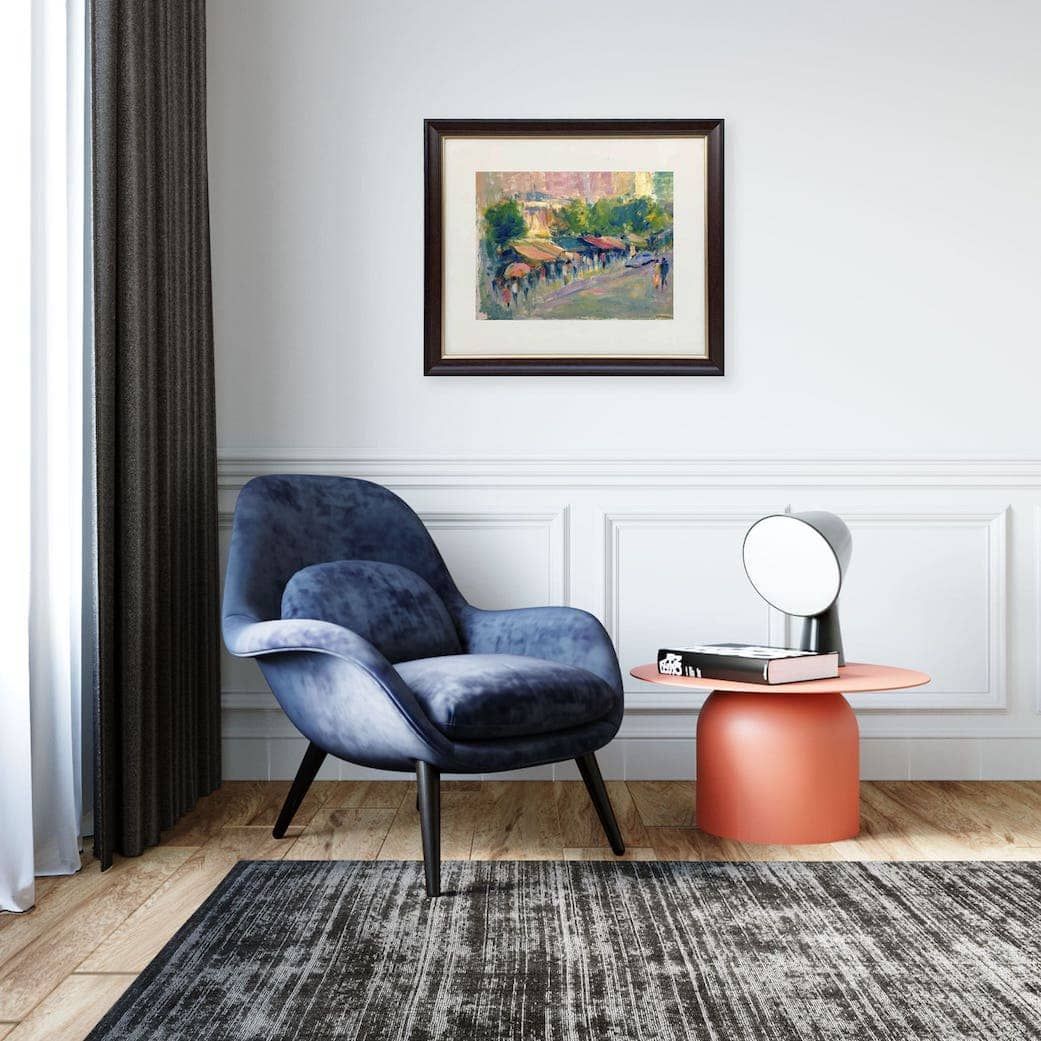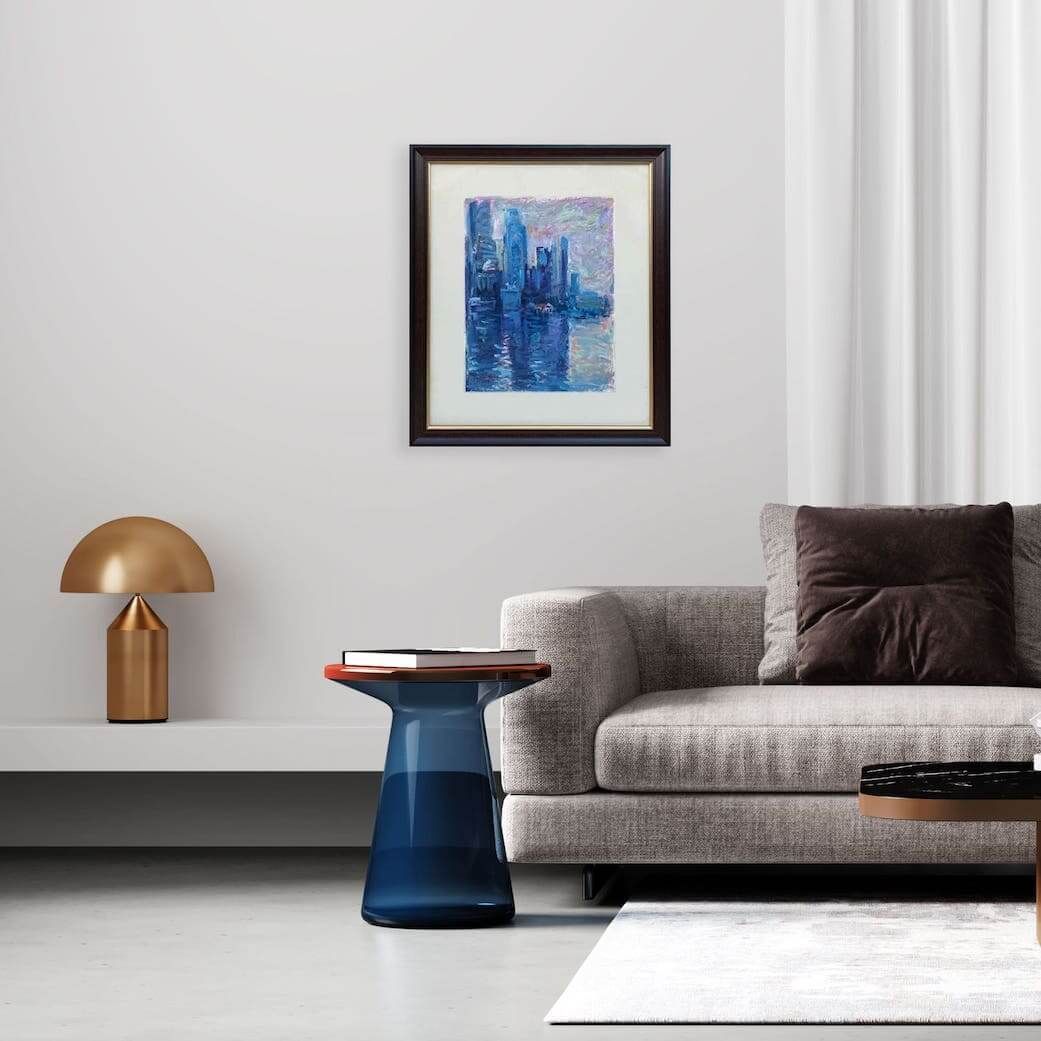Decide Where to Sell Your Artwork
Step 3: Decide Where to Sell Your Artwork
Once you have a better understanding of your artwork and its value, you can pick the best way to sell artwork.
There are several avenues for reselling art, each with its own advantages and disadvantages.
Auction Houses
For higher-value pieces or works by sought-after artists, consider working with auction houses like Sotheby’s, Christie’s, or regional options like 33 Auction, HotLotz or Larasati Auctioneers in Singapore.
They offer global reach and professional marketing by helping to authenticate and promote the work, but they do take a commission (sometimes up to 30%) and sometimes other fees.
Do your research on different auction houses – some specialise in certain periods or styles.
- Pros: Access to serious collectors, potential for high prices, professional handling and marketing.
- Cons: Higher commissions, slower process, no guarantee of sale, minimum reserve prices.
- Examples: Sotheby's, Christie's, Phillips, as well as numerous regional and online-only auction houses.
- Tips: Contact their specialists for a complimentary valuation. They will advise if your art is suitable for auction.
Art Galleries & Dealers
If your painting aligns with a gallery's aesthetic and stable of artists, they might be interested in selling it on consignment.
They handle the marketing and sales, taking a commission (usually 30-50%).
This is a great option for more established artists or unique pieces.
- Pros: Expert guidance, established client base, professional presentation, may offer consignment.
- Cons: Galleries typically take a significant commission (often 50%), they may be selective about what they represent, can be a slower process.
- Tips: Research galleries that specialise in the style or artist of your paintings. Approach them professionally with clear images and provenance.
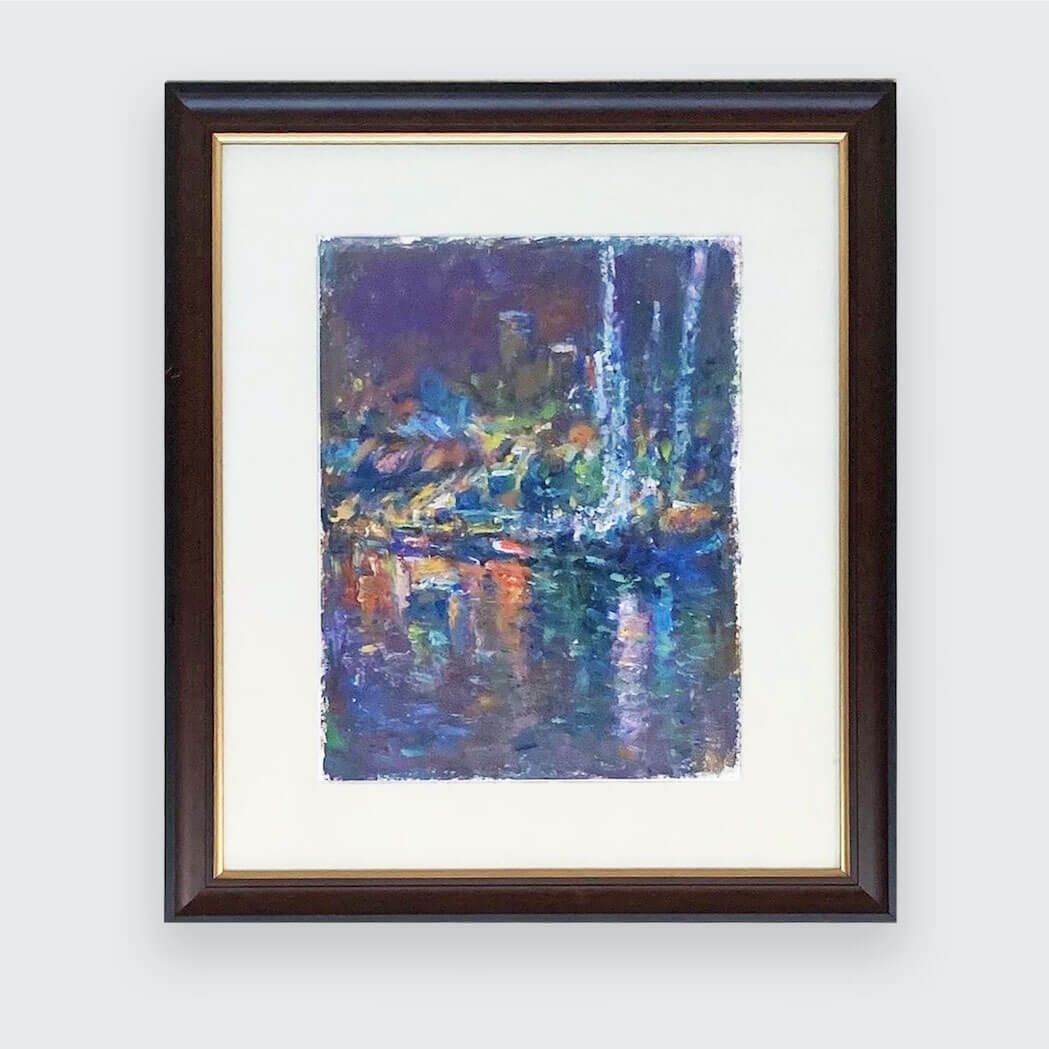
Online Art Marketplaces
Sites like Saatchi Art, Artfinder, Artsy, eBay or Etsy, which offer exposure to connect with a more potential buyers globally, allow private owners to sell art directly to buyers.
Some take commissions, albeit lower than traditional galleries or auction houses, so check their terms before listing.
These platforms are user-friendly but you will likely be more involved in photography, writing descriptions, and handling shipping that would require you to market and price your work smartly.
- Pros: Wide reach, convenience, and often lower commissions than traditional galleries.
- Cons: Competition, need for good photography and descriptions, and managing shipping.
- Examples: Saatchi Art, Artfinder, Artsy, eBay, and Etsy (for more affordable or emerging art).
- Tips: Invest in high-quality photos, write compelling descriptions, and be responsive to inquiries.
Art Fairs & Pop-Up Markets
If you prefer a more personal touch, consider participating in local art fairs or pop-up exhibition by renting a booth as a great way to connect with buyers face-to-face.
It takes more time but can yield better returns.
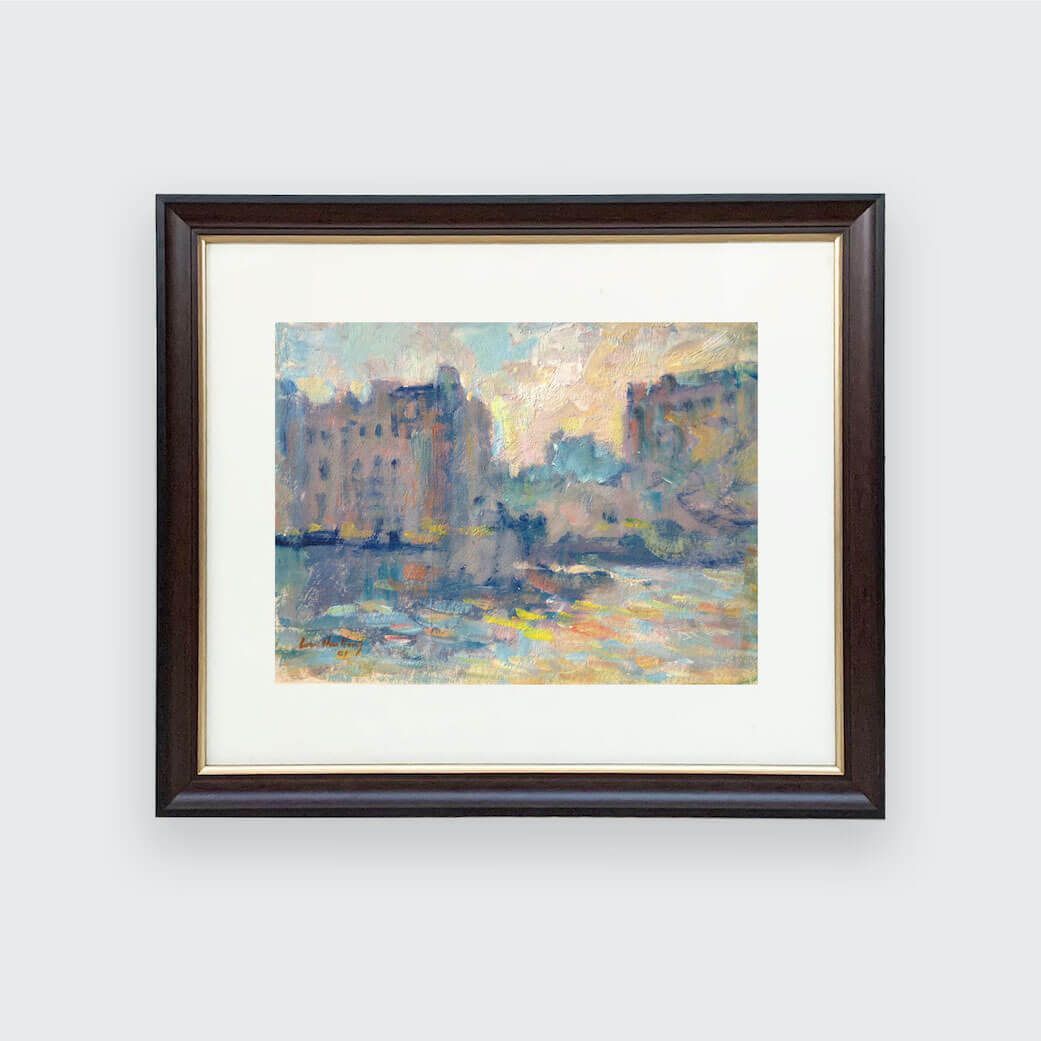
Social Media & Direct Sales
Platforms like Instagram, Facebook, or art collector forums are increasingly popular and can be surprisingly effective for selling art directly, especially for emerging artists or more affordable pieces.
It is more work upfront, but you get direct access to potential buyers.
High-quality photos and engaging descriptions are key. Be sure to use hashtags like #artforsale and #originalpainting to reach a broader audience.
Direct to Collectors
Sometimes your best buyer is someone you already know.
If you have a network of art-loving friends or acquaintances, you might be able to sell directly.
This cuts out the middleman and allows you to keep the full sale price, but requires more personal effort.
- Pros: No commissions (you keep 100%!), direct communication with buyers, building personal connections.
- Cons: Requires marketing effort, building your own audience, managing logistics.
- Tips: Use platforms like Instagram, Facebook, and even LinkedIn. Share high-quality images and engaging stories about your art. Consider setting up a simple e-commerce page.
